
-
Find the right food for your petTake this quiz to see which food may be the best for your furry friend.Find the right food for your petTake this quiz to see which food may be the best for your furry friend.Health CategoryFeatured products
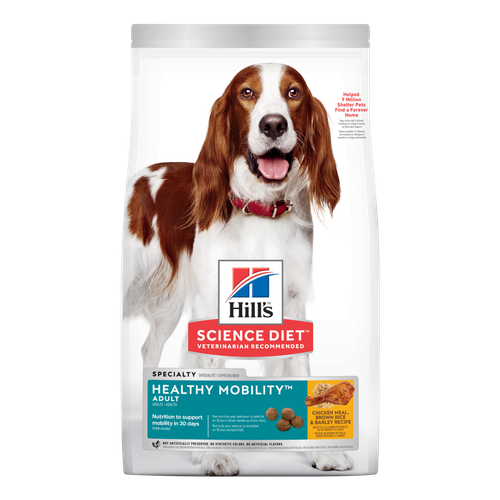 Adult Healthy Mobility Chicken Meal, Barley & Brown Rice Recipe Dog Food
Adult Healthy Mobility Chicken Meal, Barley & Brown Rice Recipe Dog FoodAdvanced nutrition shown to support joint health and improve mobility
Shop Now Adult Sensitive Stomach & Skin Chicken Recipe Dog Food
Adult Sensitive Stomach & Skin Chicken Recipe Dog FoodHill's Science Diet Sensitive Stomach & Skin dry dog food is gentle on stomachs while nourishing skin & promoting a lustrous coat.
Shop Now Adult Salmon & Brown Rice Recipe Dog Food
Adult Salmon & Brown Rice Recipe Dog FoodSupports lean muscle and beautiful coat for adult dogs
Shop NowFeatured products Adult Salmon & Brown Rice Recipe Cat Food
Adult Salmon & Brown Rice Recipe Cat FoodSupports lean muscle and beautiful fur for adult cats
Shop Now Adult 11+ Indoor Chicken Recipe Cat Food
Adult 11+ Indoor Chicken Recipe Cat FoodSupports brain health and beautiful fur in mature indoor cats
Shop Now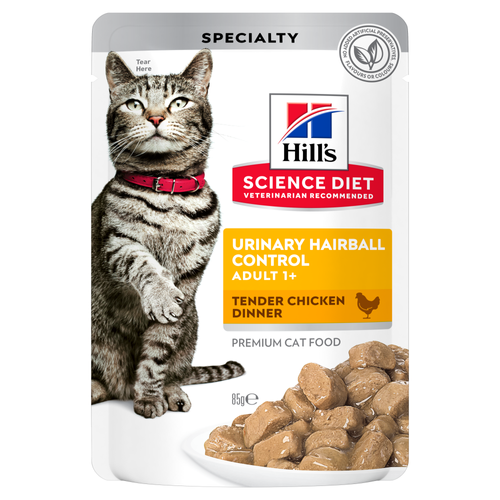 Adult Urinary Hairball Control Tender Chicken Dinner Cat Food
Adult Urinary Hairball Control Tender Chicken Dinner Cat FoodPrecisely balanced nutrition to support urinary health from kidney to bladder. With natural fibre technology to help reduce hairballs.
Shop Now -
DogCat
- Cat Tips & Articles
-
Health Category
- Weight
- Skin & Food Sensitivities
- Urinary
- Digestive
- Kidney
- Dental
- Serious Illness
-
Life Stage
- Kitten Nutrition
- Adult Nutrition
Featured articles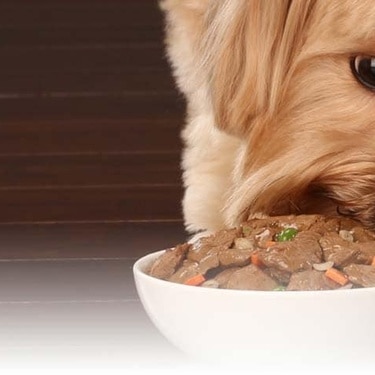 Pet Food Storage Tips
Pet Food Storage TipsWhere you store your cat and dog food can make a big difference in the quality and freshness once it is opened. Here are some common questions and recommendations for optimal storage for all of Hill’s dry and canned cat and dog food.
Read More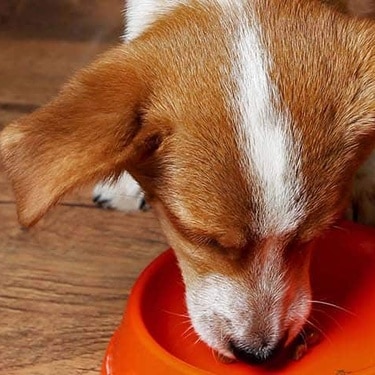 The Right Diet For Your Pet
The Right Diet For Your PetLearn what to look for in healthy pet food & nutrition, including ingredients, quality of the manufacturer, your pet's age, and any special needs they have.
Read More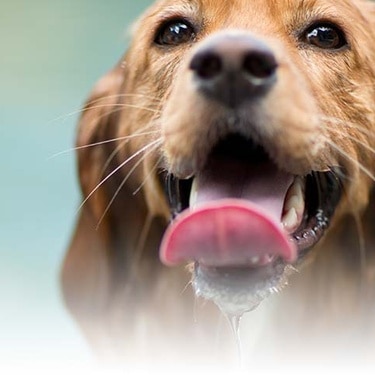 Water
WaterWater is the most important nutrient of all and essential for life. Animals can lose almost all their fat and half their protein and still survive, but if they lose 15% of their water, it will mean death.
Read More -


Your cat loves her treats. You can tell because she scampers across the house when she hears you open the cupboard. Then she winds between your feet, meowing impatiently until you kneel to give her a goody.
If your veterinarian can tell your cat loves and frequently receives treats, that's not a great thing. Just like humans, an unhealthy weight can lead to health concerns, including diabetes, heart problems and osteoarthritis, says Vetstreet. However, your cat certainly doesn't understand the need to cut back.
So how can you properly give your cat healthy cat treats without compromising her weight health?
Moderation Is Key
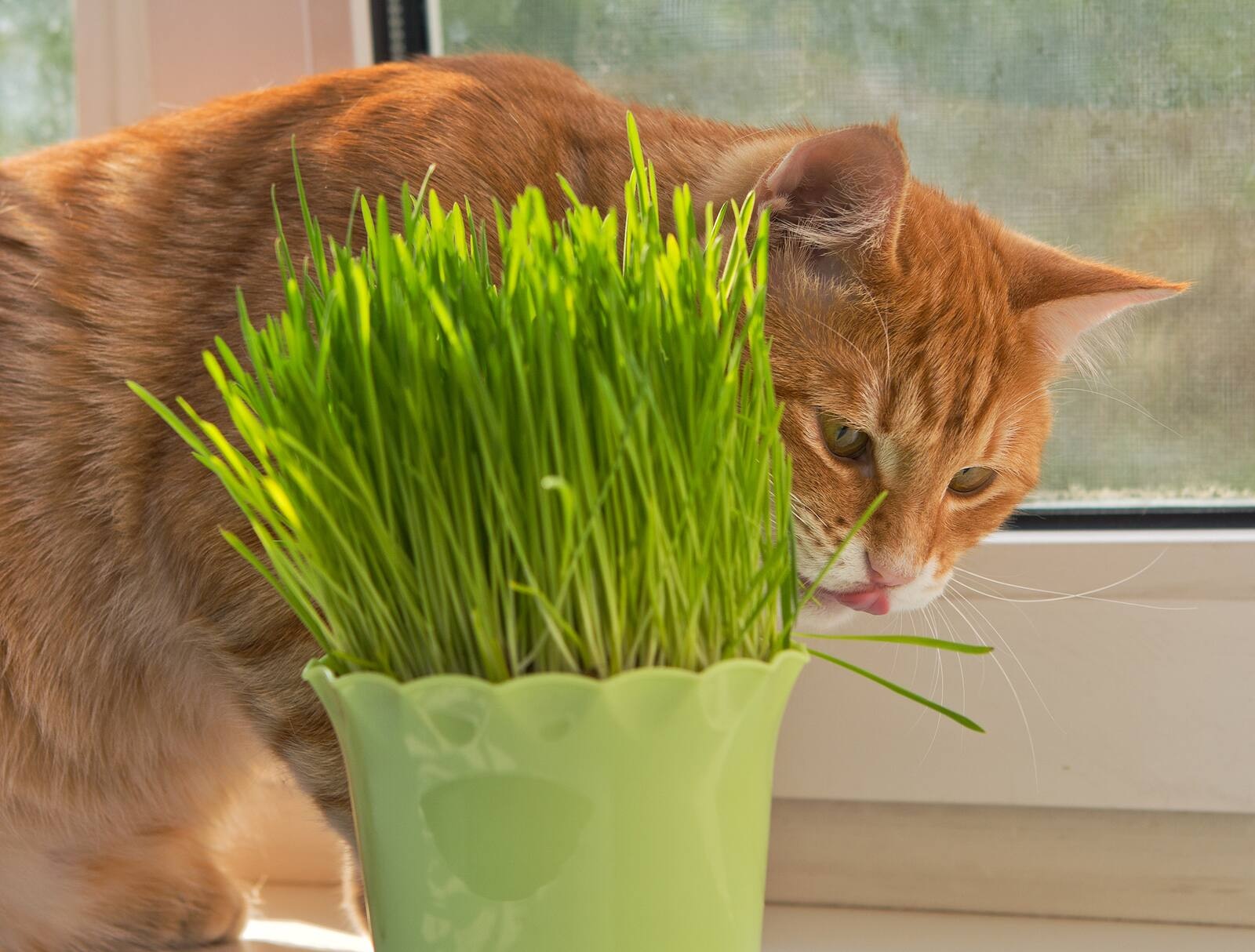
Just like your human doctor will tell you, moderation is key. You don't have to give up treats entirely, just make sure you are doling treats out in the best way and for the right reasons. For instance, cat parents may automatically give their cat a treat when they get home from a full day of work.
Are you giving your cat tasty nibbles because you feel guilty about being away all day? Because you feel like you haven't been spending enough time with her? Instead, give your cat a treat as a training tool, to reinforce good behaviors, or to help her overcome a fear, not to make yourself feel better! Give her a pat on the head or tease her with a feather toy for five extra minutes instead.


Tasty Tips
Smart Ways to Treat
Here are five ways to treat your cat without packing on the pounds:
- Use food instead of calorie-dense treats. Just a few of her regular kibbles hand-fed to her during a cuddle session may be enough to get her motor purring. Remember, if she is quick to her cat bowl when you feed her, it means she probably enjoys her dry cat food. Unlike humans, cats don't mind eating the same thing more than once, so a few kibbles here and there outside her normal meal time will still feel like a treat.
- Cut treats in half. By dividing treats into smaller pieces, you're still giving your cat a taste she craves without the full caloric intake.
- Trade your traditional treats for a green snack. Catnip and cat grass are fun alternatives. Keep an eye on her while she's enjoying it, because ingesting a huge pile of nip may give her an upset stomach.
- Switch store-bought treats for homemade options. Homemade treats don't have to be complicated. With just a few minutes of prep time and a quick bake in the oven or microwave, you can whip up a batch of homemade healthy cat treats that will last for a week.
- Combine treats with exercise and play. Teach your cat tricks or send her on a scavenger hunt to satisfy her taste buds and burn calories at the same time.
No Table Scraps
Another important reminder regarding treating your cat: please don't feed table scraps or human food. Everyday foods like raisins, caffeinated drinks, chocolate and onions, among others, are toxic to cats. This also needs to be known throughout the household. Just because you are being compliant and avoiding giving your cat treats in excess, does not mean everyone in the house is following your lead. This can be especially true of young children, so help them understand to only give her treats when you are there to supervise to ensure you can manage your kitty's treat intake.
You love your cat and want her to live a long, happy and healthy life. Keep those goals in mind when deciding what and when to treat your cat. If nothing else, some cuddle time and scratches behind the ears will be more than enough of a treat, just knowing your love for her.
Contributor Bio

Kara Murphy
Kara Murphy is a freelance writer in Erie, Pa. with a cat named Olive.


Kara Murphy is a freelance writer and pet parent who lives in Erie, Pa. She has a goldendoodle named Maddie.
Related products
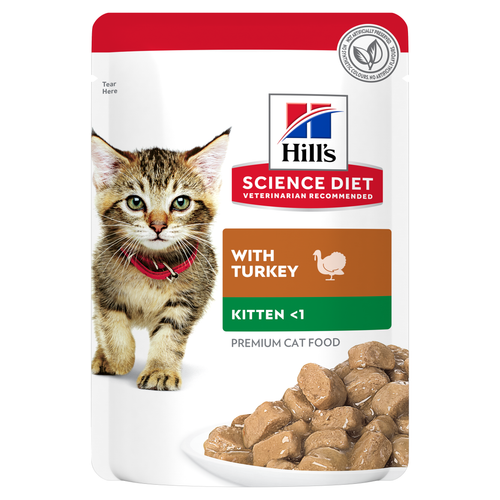
Delicious turkey chunks in gravy with omega-3 fatty acids for eye health and brain development in kittens, and high-quality protein to support muscle growth. Balanced levels of minerals for strong bones and teeth.

Precisely balanced nutrition to support urinary health from kidney to bladder. With natural fibre technology to help reduce hairballs.

Supports lean muscle and beautiful fur for adult cats
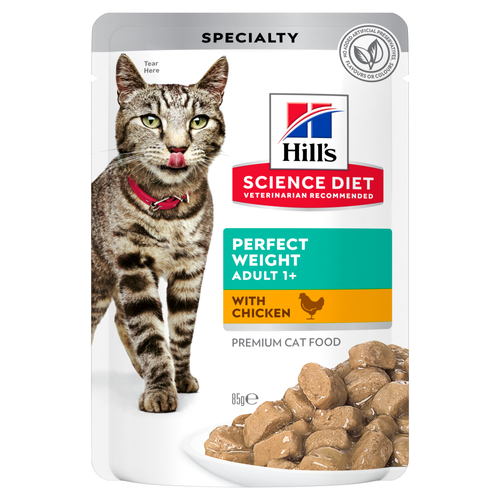
Breakthrough nutrition for your cat’s healthy weight maintenance and long-lasting weight support
Related articles
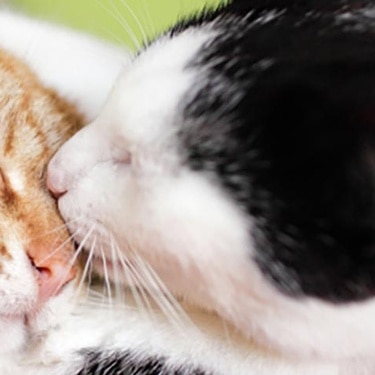
Being overweight puts a cat at risk for developing many serious health issues. Weight gain indicates an increase in body fat and usually results when your cat eats too much and exercises too little.

Get helpful information on proper feline oral healthcare and why it's so vital to take care of your cat's teeth.
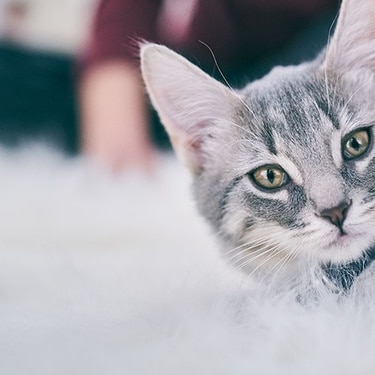
HillsPet Nutrition provides information on proper nutrition, fitness and special needs in keeping your cat healthy and happy.
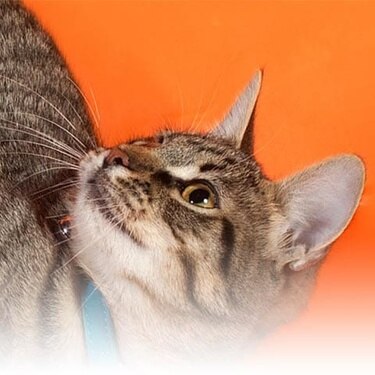
As a responsible pet owner you owe it to yourself and your cat to understand problems associated with overweight cats.

Put your cat on a diet without them knowing
Our low calorie formula helps you control your cat's weight. It's packed with high-quality protein for building lean muscles, and made with purposeful ingredients for a flavorful, nutritious meal. Clinically proven antioxidants, Vitamin C+E, help promote a healthy immune system.
Put your cat on a diet without them knowing
Our low calorie formula helps you control your cat's weight. It's packed with high-quality protein for building lean muscles, and made with purposeful ingredients for a flavorful, nutritious meal. Clinically proven antioxidants, Vitamin C+E, help promote a healthy immune system.

